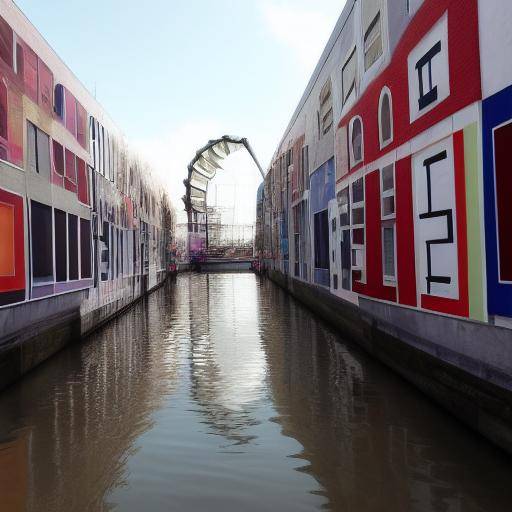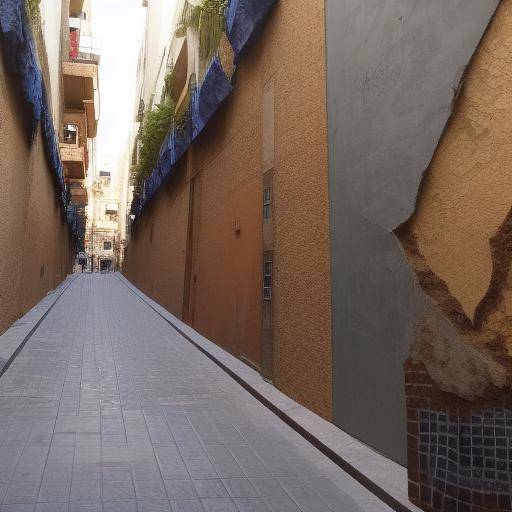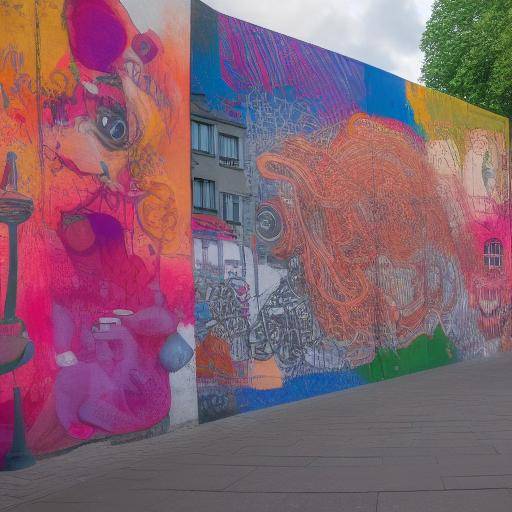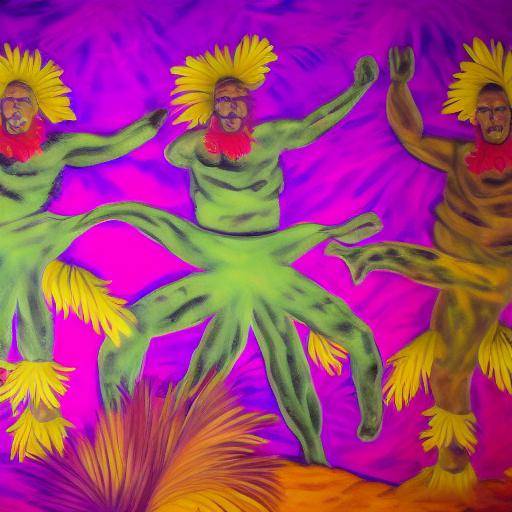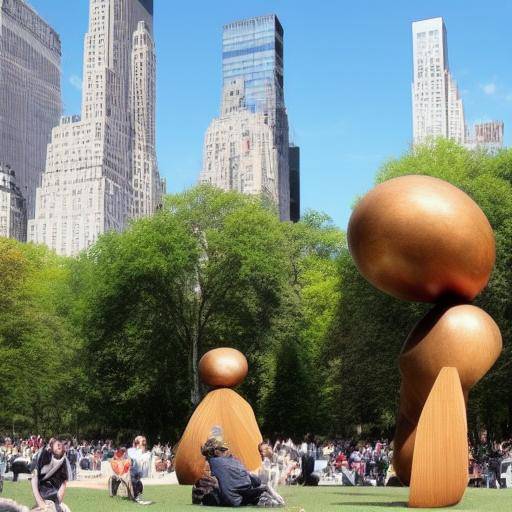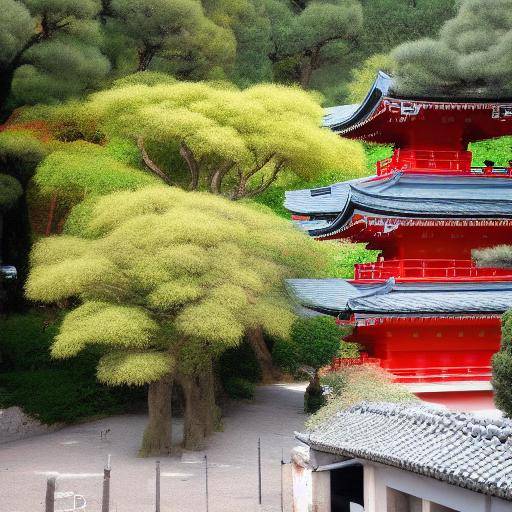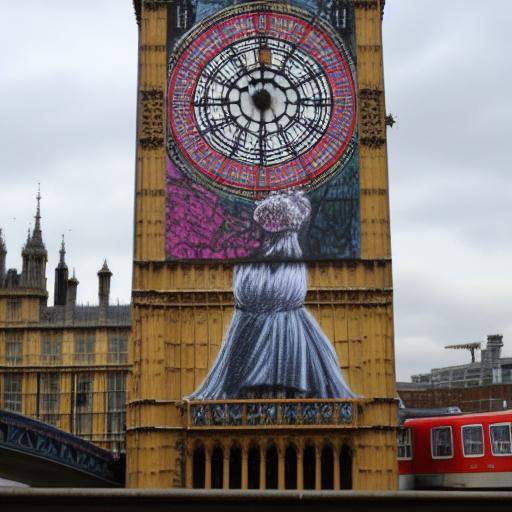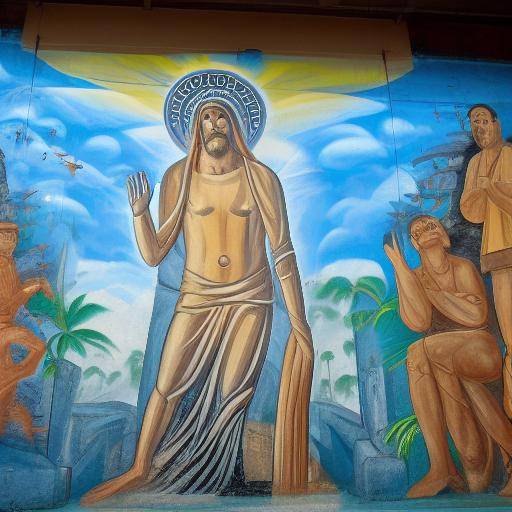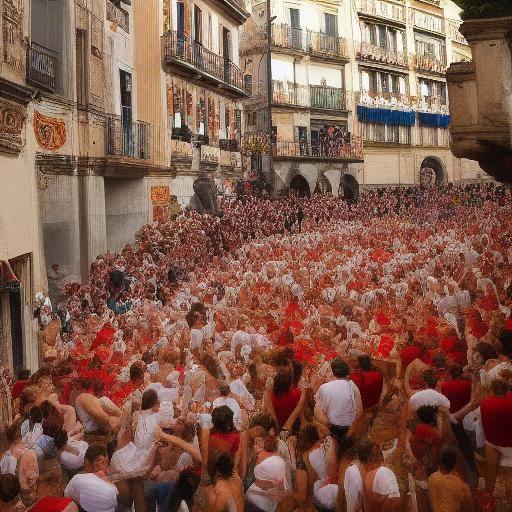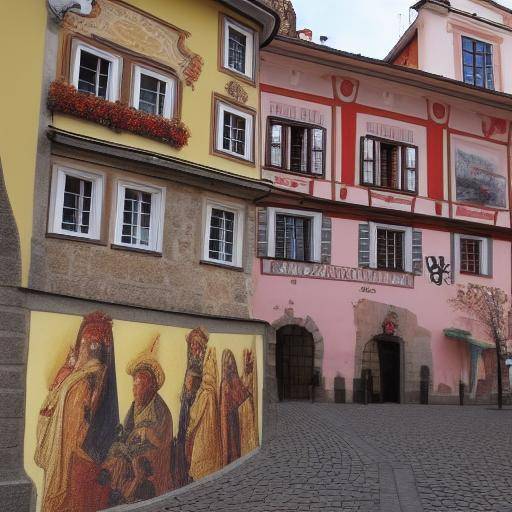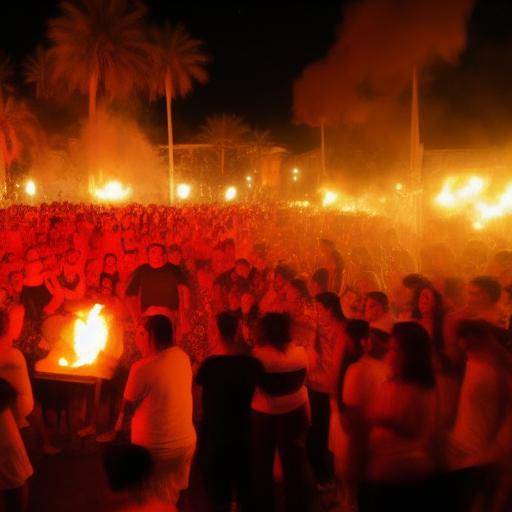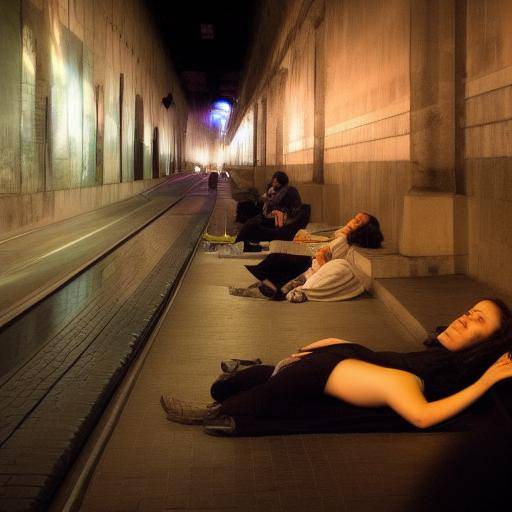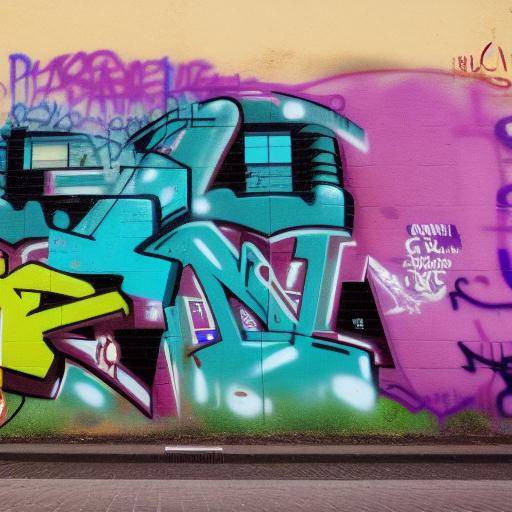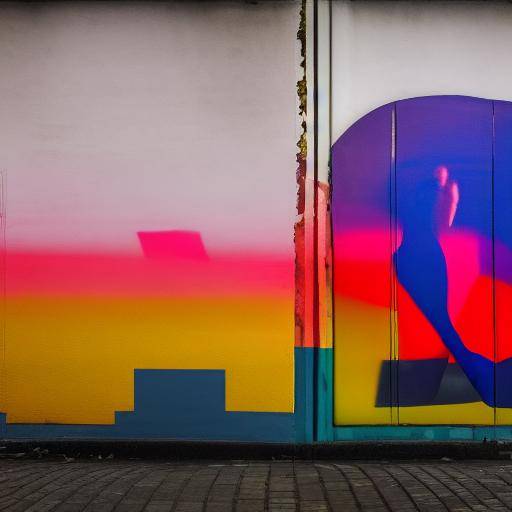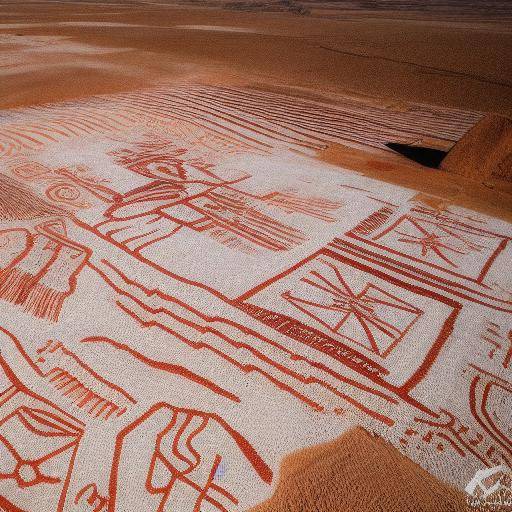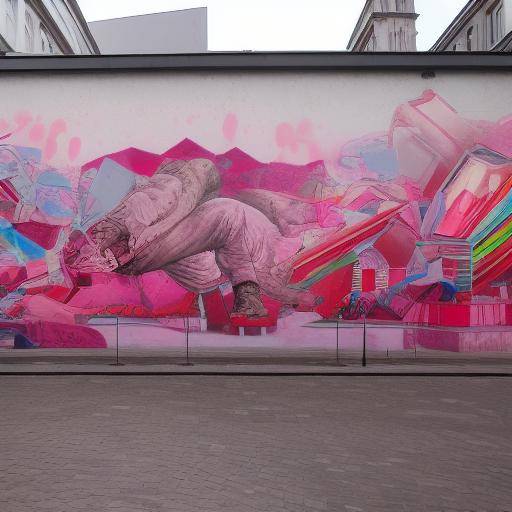
Urban art has found a perfect setting in Berlin to translate its cultural expression. The German capital has become a giant canvas where local and international artists exhibit their creativity through murals, installations and performances, making the city an outdoor museum. In this article, we will explore the rich history of urban art in Berlin, its impact on cultural expression and trends that are marking the present and future of this artistic movement.
History and History of Urban Art in Berlin
Berlin has witnessed a unique evolution in the world of urban art. From the tumultuous years of the Cold War to the present day, the city has experienced an unprecedented artistic transformation. During the division of the city, the eastern side became a field of experimentation for many artists who saw in the walls and public spaces an opportunity to express and protest against the socialist regime. The famous Berlin Wall became a canvas for messages of freedom, unity and resistance that transcended borders.
From the fall of the Wall in 1989, Berlin experienced an explosion of creativity in the area of urban art. Street art ceased to be just a form of protest to become an artistic manifestation that attracted the attention of artists from around the world. In the midst of cultural ferment and the reconstruction of the city, spaces were established dedicated to outdoor exhibitions, making Berlin a global benchmark in urban art.
Deep Analysis of Urban Art in Berlin
Urban art in Berlin has played a crucial role in the revaluation of public spaces and the democratization of art. This form of artistic expression has contributed to the creation of a unique cultural identity in the city, attracting tourists, artists and art lovers from around the world. However, the uncontrolled growth of urban art has posed challenges in terms of architectural heritage conservation and urban management.
The integration of urban art into public spaces has had a positive impact on the revitalization of neighborhoods, promoting community participation and generating a sense of belonging. In turn, it has opened a debate on the relationship between street art and urban embellishment policies, as well as the regulation of spaces for artistic expression.
Comprehensive Review of Urban Art, Berlin and Cultural Expression
The interaction between urban art, the city of Berlin and cultural expression has generated synergies that have enriched the cultural and artistic panorama of the city. The diversity of styles, techniques and themes addressed by urban artists reflects Berlin's cultural and social wealth. From the murals that recover historical memory to the ephemeral facilities that challenge the viewer's perception, urban art has become a catalyst for dialogue and reflection in contemporary society.
Practical Tips and Accessible Tips
If you are interested in exploring urban art in Berlin, we recommend following these recommendations:
- Take a tour of the neighborhoods of Friedrichshain, Kreuzberg and Mitte, where you will find a great concentration of urban art.
- Visit the East Side Gallery to appreciate a preserved section of the Berlin Wall painted by renowned artists.
- Take part in tours specialized in urban art to obtain an expert perspective on the works and their contexts.
Industry Perspectives and Expert Reviews
According to experts in urban art, Berlin has consolidated itself as one of the essential destinations for street art lovers, thanks to its cosmopolitan atmosphere and its openness to artistic experimentation. Urban art, far from limiting itself to a phenomenon of passing fashion, has acquired a recognized status in the cultural landscape of the city and has generated opportunities for intercultural dialogue and the promotion of art as a tool for social transformation.
Case Studies and Real Life Applications
Various urban art projects in Berlin have had a positive impact on the local community, promoting social inclusion, diversity and collective memory. An outstanding example is the "Faces of Frida" project that pays homage to Mexican painter Frida Kahlo through murals distributed throughout the city. These initiatives demonstrate the potential of urban art as a means to celebrate cultural diversity and promote gender equity.
Future Trends and Predictions
Urban art in Berlin will continue to evolve, adapting to urban and social changes, and exploring new forms of artistic expression. The city is expected to remain an epicenter of street art internationally, attracting emerging and consecrated artists who will look for the perfect platform to share their creativity with the world in their streets and public spaces.
Conclusion
Urban art in Berlin has transcended the physical and symbolic borders to become a global reference for cultural and artistic expression. Through its murals, installations and performances, it has left an indelible mark on the identity of the city, enriching its artistic panorama and generating an intercultural dialogue. Berlin, with its complex history and avant-garde spirit, stands as a unique stage for the manifestation of urban art, demonstrating that the streets can be canvas and stage for artistic expression.
Frequently asked questions
What is the origin of urban art in Berlin?
Urban art in Berlin has its roots in the artistic manifestations of resistance and freedom during the Cold War, where the Berlin Wall became a symbol and canvas for protest and artistic expression.
What impact has urban art had on Berlin's cultural identity?
Urban art has contributed significantly to the creation of a unique cultural identity for Berlin, attracting artists from around the world and fostering community participation in the transformation of public spaces.
What are the most outstanding areas of Berlin for its urban art?
The neighborhoods of Friedrichshain, Kreuzberg and Mitte are renowned for their vibrant urban art scene, with an abundance of murals, installations and performances to be discovered.
How has urban art evolved in Berlin since the fall of the Wall?
After the fall of the Berlin Wall, urban art has experienced an explosion of creativity, making the city a global benchmark in the world of street art.
What is the role of urban art in revitalizing urban spaces in Berlin?
Urban art has played a key role in revitalizing urban spaces in Berlin, generating a sense of belonging and fostering community participation in the transformation of the city.
What are the future expectations for urban art in Berlin?
Urban art in Berlin is expected to continue to evolve, adapting to urban and social changes, and exploring new forms of artistic expression, consolidating the city as an epicenter of street art internationally.
With this complete guide on urban art in Berlin, we hope to invite you to discover the wealth and diversity of this cultural expression in one of the most vibrant cities in the world.

